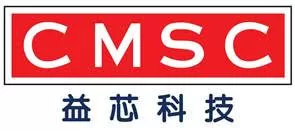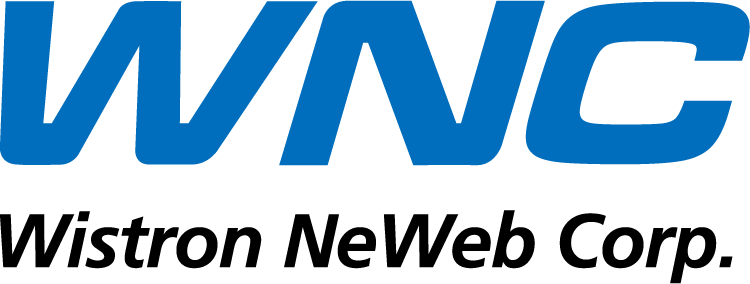Utilize waste from demolition construction works as aggregate in green concrete production
Dr. Vo Duy Hai
Civil and Construction Engineering, National Taiwan University of Science and Technology, Taipei, Taiwan
Email: tuyhai88@gmail.com
Abstract
Concrete is a material used in most construction projects. Concrete production requires heavy use of aggregates and cement, thereby causing environmental impacts. The problem is to find solutions to replace components in concrete production while still achieving the necessary effects. This study focuses on proposing three options for green concrete production: (1) using recycled materials from dismantled construction works to replace natural aggregates; (2) use pozzolanic materials such as steel slag and fly ash to reduce the amount of cement used; (3) using the alkaline method of activating steel slag and fly ash as a binder for concrete to completely replace cement. Concrete produced based on the above solutions ensures strength development like traditional concrete. Although the use of recycled materials reduces the properties of concrete, all proposed green concrete models achieve high durability performance.
Keywords: Recycled aggregate, CDW, HPC, alkali-activated slag
1. Introduction
Demand for concrete is increasing globally because of strong growth in the construction industry. This leads to a rapid increase in aggregate consumption due to the high aggregate content in the concrete mixture (about 70% by volume). An estimated 51.79 billion tons of aggregate were consumed in 2019. In addition, high demand from the construction industry also increased the amount of construction demolished waste (CDW). Normally, these wastes are usually disposed of by landfilling. Another concern is that the concrete industry consumes large amounts of ordinary Portland cement (OPC), which significantly affects the environment by emitting large amounts of CO2.2 during OPC production. Furthermore, this process also consumes large amounts of energy and natural raw materials. Partly replacing traditional cement with pozzolanic materials such as rice husk ash, fly ash, or ground granulated blast furrnace slag (GGBFS), or using alkaline activated materials to replace OPC in production Concrete production is essential to reduce cement consumption.
In this study, CDW was used to replace natural aggregates in concrete production. Concrete is designed according to the Densified Mixture Design Algorithm (DMDA) method with low cement content (<350 kg/m2) combined with pozzolanic waste materials such as fly ash and steel slag (1). At the same time, steel slag activated alkaline materials are used to replace cement as a binder in concrete (2).
2. Mechanical and durability properties of recycled aggregate concrete produced from recycled and natural aggregate blended based on the Densified Mixture Design Algorithm method: Journal of Building Engineering 35 (2021): 102067
The method of combining natural aggregates and recycled aggregates is proposed to achieve the highest density for the aggregate matrix, thereby reducing the pore volume between aggregate particles and reducing the amount of mortar used. , while increasing the durability of concrete over time. Experimental results show that determining the aggregate replacement ratio using the DMDA method can ensure the largest recycled aggregate replacement ratio with appropriate strength reduction effect and durability properties, as above Figure 1.

3. HPC produced with CDW as a partial replacement for fine and coarse aggregates using the Densified Mixture Design Algorithm (DMDA) method: Mechanical properties and stability in development: Construction and Building Materials 270 (2021): 121441.
Using recycled aggregates combined with natural aggregates to produce high-performance concrete. Concrete designed using the DMDA method with low cement content can reduce negative impacts on the environment. Concrete samples are produced with high strength from 30-57.5 MPa after 120 days of curing. Experimental results above Figures 2, and 3 shows that concrete has high durability properties with concrete ultrasound results greater than the durability condition of 3660 m/s. At the same time, the surface resistivity is greater than 20 KΩ and the resulting chloride ion penetration is lower than 2000 C.


4. Effect of Fly Ash and Reactive MgO on the Engineering Properties and Durability of High-Performance Concrete Manufactured with Alkali-Activated Slag and Recycled Aggregate: Journal of Materials in Civil Engineering 32.11 (2020): 04020332.
In this study, high-performance concrete was made from natural aggregates and recycled aggregates in certain proportions with 40% large recycled aggregates and 30% small recycled aggregates. Besides, the steel slag material is activated using sodium hydroxide and sodium silicate solution according to the binder content of 5%. Fly ash and magnesium oxide are used to improve the properties of concrete. Although using recycled aggregate reduces the strength and properties of concrete, concrete mixes using recycled aggregate still demonstrate high durability. Concrete samples have ultrasonic speed results higher than 3660 m/s, surface resistivity 2 times higher than durable conditions and chloride ion penetration less than 2000C. In addition, the use of 5% magnesium oxide significantly improves the strength of concrete such as Figure 4.

5. Engineering performance of high‑content MgO‑Alkali‑activated slag mortar incorporating fine recycled concrete aggregate and fly ash: Journal of Material Cycles and Waste Management 23.2 (2021): 778-789.
This study evaluates the influence of the content of small recycled aggregates and fly ash on the technical properties of construction mortar produced by the steel slag activated alkaline method. An increase in the content of fine recycled aggregates reduces the strength and durability properties of the mortar sample, while the 15% fly ash content improves the strength and durability properties of the mortar (Figure 5).

More information about the author:
Dr. Vo Duy Hai






